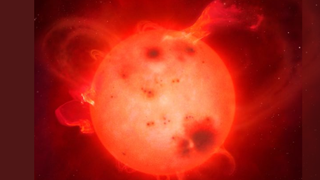News
Latest News

Boeing Starliner 1st astronaut flight: Live updates
By Elizabeth Howell, Tariq Malik published
Boeing will launch its first-ever Starliner astronaut mission for NASA as early as May 6, 2024

Lego reveals NASA Artemis rocket, Milky Way galaxy sets coming in May
By Robert Z. Pearlman published
Get ready space fans, Lego is about to launch two sets that can take you from the moon to edge of our cosmic neighborhood: Lego Icons NASA Artemis Space Launch System and Lego Art Milky Way Galaxy.

'I'm sure we'll find things out': NASA astronauts fly to launch site for 1st crewed Boeing Starliner mission to ISS on May 6 (photos)
By Elizabeth Howell last updated
Veteran NASA astronauts Butch Wilmore and Suni Williams expect to face the unexpected in space with Boeing Starliner, but told reporters on April 25 that the team is ready for the unexpected.
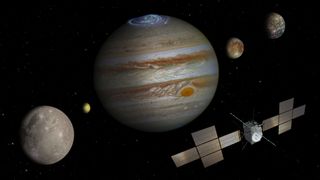
Ice-penetrating radar will help JUICE and other spacecraft find water beyond Earth
By Robert Lea published
When it arrives at Jupiter and the planet's moons in 2031, the JUICE spacecraft will use ice-penetrating radar to see beneath determine habitability.
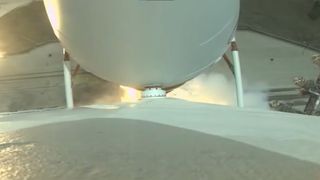
'Rocket cam' takes you aboard final launch of ULA's Delta IV Heavy (video)
By Samantha Mathewson published
After 64 years, the United Launch Alliance launched the final flight of its Delta IV Heavy rocket on April 9th, and stunning rocket cam footage captured the fiery finale.
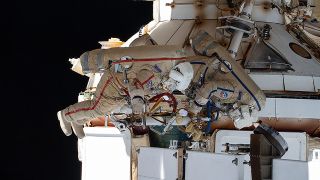
Space pictures! See our space image of the day
By Space.com Staff last updated
Space.com's image of the day rounds up the most awe-inspiring space photos right here, with a new image everyday.
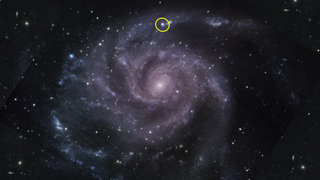
NASA's Fermi space telescope finds a strange supernova with missing gamma rays
By Robert Lea published
NASA's Fermi Space Telescope has failed to see gamma rays from a nearby supernova that should be created when it generates the high-energy cosmic rays that bombard Earth in their trillions.

On This Day in Space: April 25, 1990: STS-31 deploys Hubble Space Telescope
By Hanneke Weitering last updated
On April 25, 1990, the Hubble Space Telescope was deployed!
Get the Space.com Newsletter
Breaking space news, the latest updates on rocket launches, skywatching events and more!

